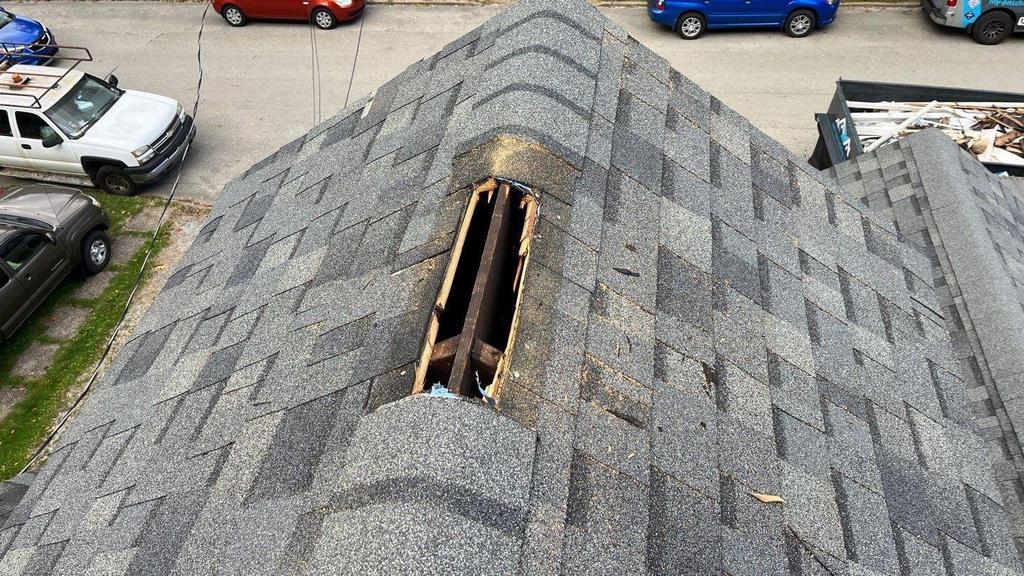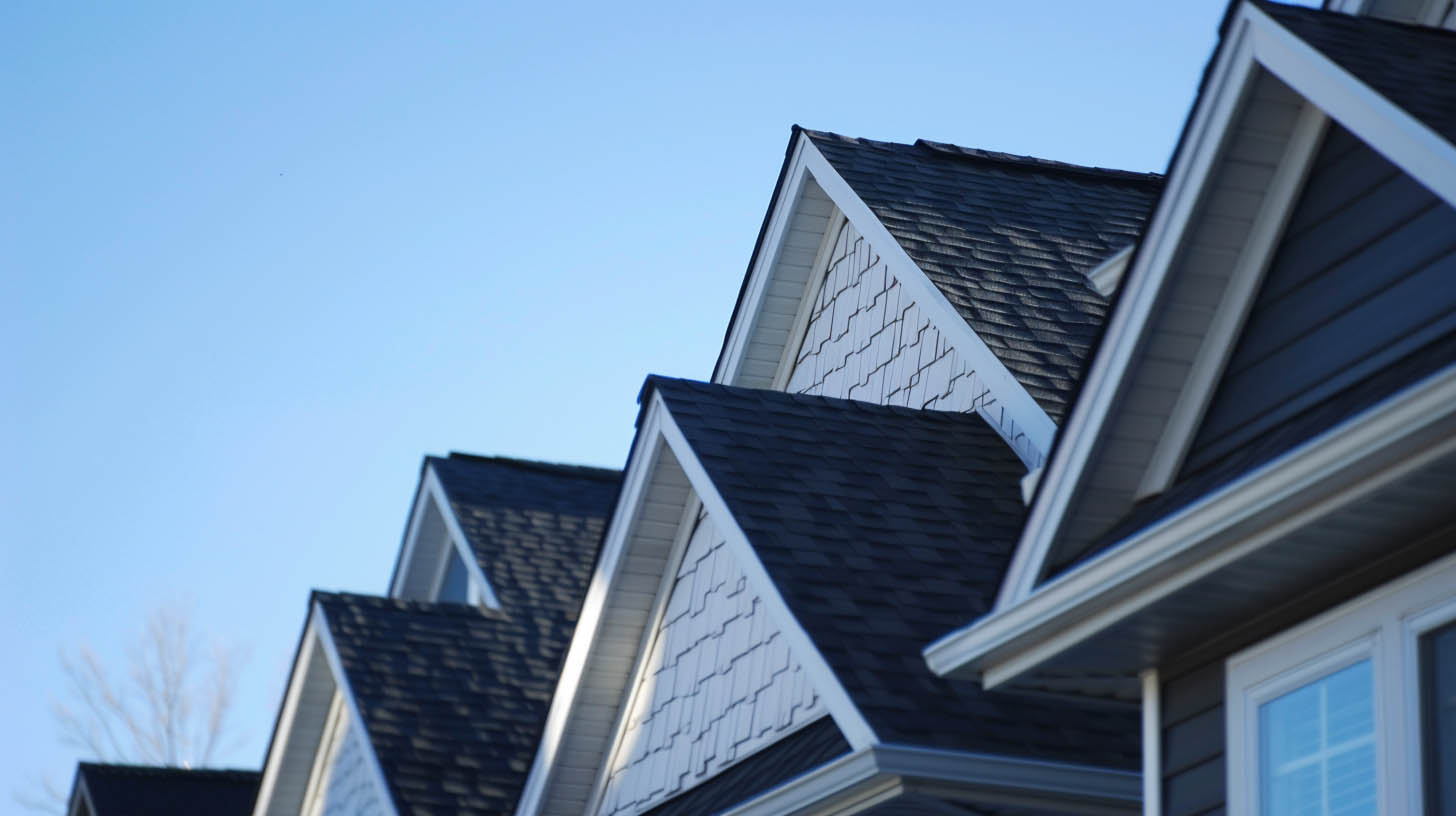
Is your roof up to code? The importance of local roofing codes starts here and now. The sturdy shelter we call home starts with a good roof. However, have you ever wondered if your roof complies with local regulations? It’s a question that’s more important than you might think. Indeed, local roofing regulations play a significant role in ensuring the safety, durability, and energy efficiency of your home.
Safety beyond the surface of your roof is regulated for several reasons:
- Protection from the Elements
- Structural Integrity
- Energy Efficiency
- Ensuring the Craftsmanship is on Par
- Financial Prudence
- Environmental Responsibility
Is Your Roof Up to Code?
The Importance of
Local Roofing Regulations

What is the purpose of roofing codes? Great question!
Roofing codes, often established and enforced by local authorities, serve a crucial purpose in our communities. Their primary objective is to ensure the safety and structural integrity of our homes.
These codes are not merely bureaucratic red tape; they are designed to protect homeowners from subpar workmanship and unsafe roofing practices.
Roofing codes establish specific standards for roofing materials, installation techniques, and maintenance, all with the aim of creating roofs that can withstand the test of time and various weather conditions.
While it might be tempting to cut corners, adherence to these codes helps homeowners avoid costly issues in the long run.
Roofing Regulations Vary by Region
& the History Behind It
One important thing to note is that roofing regulations can differ from one region to another. These variations are often influenced by the local climate, environmental concerns, and the history of construction in that area.
As for Pittsburgh – it’s a city of weather extremes. The city experiences all four seasons with a touch of drama, from warm, humid summers to cold, snowy winters with heavy snowfall.
Historical Context of Local Roofing Codes
Roofing codes have evolved over time. In the earlier eras, when knowledge of construction science was limited, early codes were often based on empirical observations. Nonetheless, today, they are built on a foundation of scientific research and technology.
However, it’s important to recognize that as our understanding of construction and technology advanced, so did the roofing codes. In this modern era, roofing experts, engineers, and researchers collaborate to develop and update these codes, considering factors like material science, structural engineering, environmental sustainability, and energy efficiency.
Roofing Codes & Your Home
Local roofing codes significantly impact homeowners by governing various aspects of their roofing projects, from the materials used to the installation processes. Let’s explore these influences through specific examples:
Material Selection: Roofing codes often stipulate the types of materials you can use in your roofing projects. For instance, in regions prone to wildfires, homeowners might be required to use fire-resistant materials, such as Class A asphalt shingles or metal roofing. This not only enhances the safety of your home but also reduces the risk of wildfires spreading.
Structural Requirements: Different regions have varying structural demands for roofs. For instance, areas with heavy snowfall might have stringent load-bearing requirements to ensure that your roof can support the weight of accumulated snow. Conversely, hurricane-prone coastal regions have specific requirements for roofing materials and attachment methods to withstand strong winds.
Procedures for Installation and Repair: Local codes also govern the procedures that must be followed during installation or repair. In hurricane-prone areas like Florida, the installation of roof trusses may require hurricane ties to secure the roof’s structural integrity during storms. These codes protect your home from potential storm damage.
The Legal & Insurance
Implications of Non-Compliance
Non-compliance with roofing regulations can have significant legal and insurance repercussions. First and foremost, building codes have the force of law. Failing to comply with these regulations can result in legal consequences, including fines and even orders to dismantle and redo the non-compliant work. In more severe cases, ignoring roofing codes can lead to lawsuits, particularly if your non-compliant roof causes damage to a neighbor’s property.
Additionally, insurance providers typically require that your roof be up to code. When your roof does not meet these standards, it can affect your insurance coverage. Inadequate roofing, as determined by code violations, may lead to increased premiums, reduced coverage, or even the denial of a claim should your roof suffer damage.
Roof Inspections & How They Help
A professional roof inspection is your secret weapon in ensuring that your roof complies with local regulations. During an inspection, a qualified roofer will meticulously examine your roof for various aspects, including its structural integrity, material quality, and adherence to local building codes.
Here’s how a roof inspection can help ensure your roof is up to code:
Identifying Code Violations: A skilled roofing inspector is well-versed in local regulations. They can spot violations that might escape an untrained eye. Whether it’s incorrect materials, improper installation, or inadequate ventilation, an inspector can quickly identify issues that need to be addressed to meet code standards.
Determining Structural Integrity: Roofing codes often specify load-bearing requirements, especially in areas prone to heavy snowfall or high winds. Inspectors evaluate your roof’s structural integrity, ensuring that it meets these criteria and will withstand the elements.
Material Quality Check: Roofing codes often detail the types of materials that can be used, their quality, and their installation specifications. A roof inspection scrutinizes the quality and condition of your roofing materials to ensure they meet these standards.
Ventilation Assessment: Proper attic ventilation is a key factor in roofing codes. Inspectors will check for adequate ventilation to prevent issues like ice dams or mold growth, ensuring your roof is code compliant.
Documentation and Reporting: Following the inspection, you’ll receive a detailed report outlining the findings and any areas of concern. This documentation is invaluable if you need to make repairs or validate the code compliance of your roof.
Remember, a well-maintained and code-compliant roof not only ensures your safety but also protects your investment and avoids legal or insurance complications. By investing in a professional roof inspection, you can have peace of mind knowing your roof is up to code and prepared for whatever Mother Nature throws its way.
Roofing Codes:
Ensuring Benefits for Homeowners

While we’ve explored the essential role of local roofing regulations, it’s equally important to understand how these codes directly benefit homeowners. Compliance with these codes goes beyond mere legal requirements; it provides tangible advantages for those under the roof.
In summary, local roofing regulations are not merely guidelines; they are your pathway to a safer, more cost-effective, and environmentally responsible living space. Moreover, ensuring your roof complies with these codes is not just a legal obligation; it’s a way to enhance your quality of life and secure your home’s future.
Give us a call at 412-218-7082 today so you can ensure your roofing is up to code.


